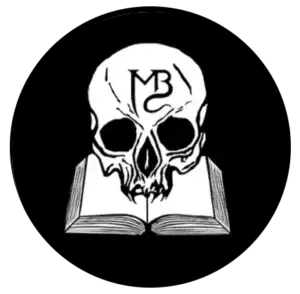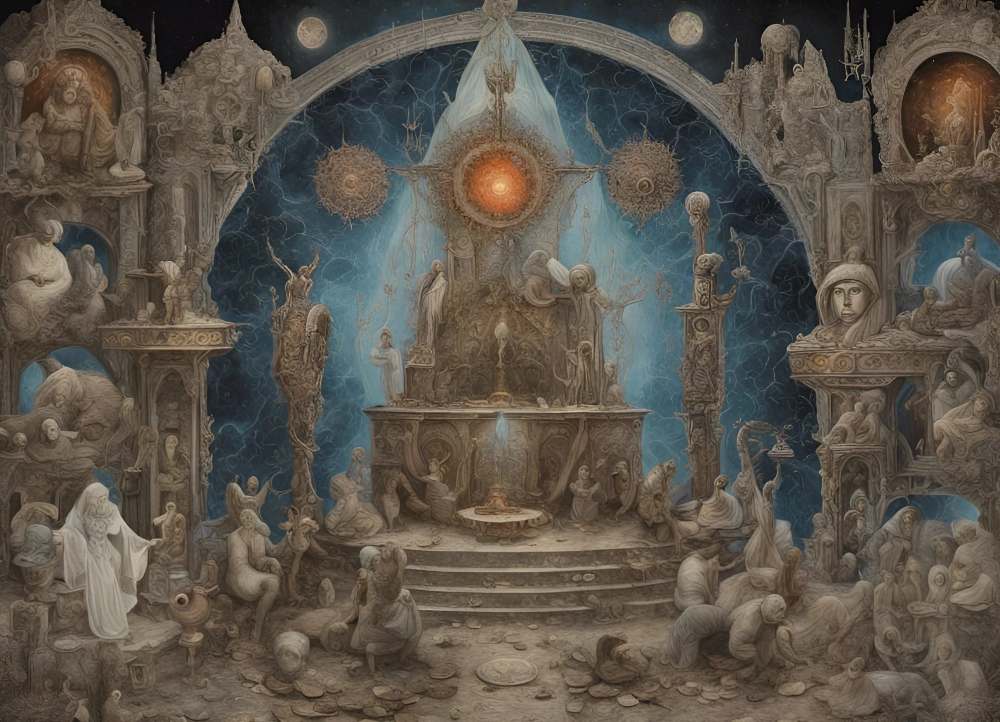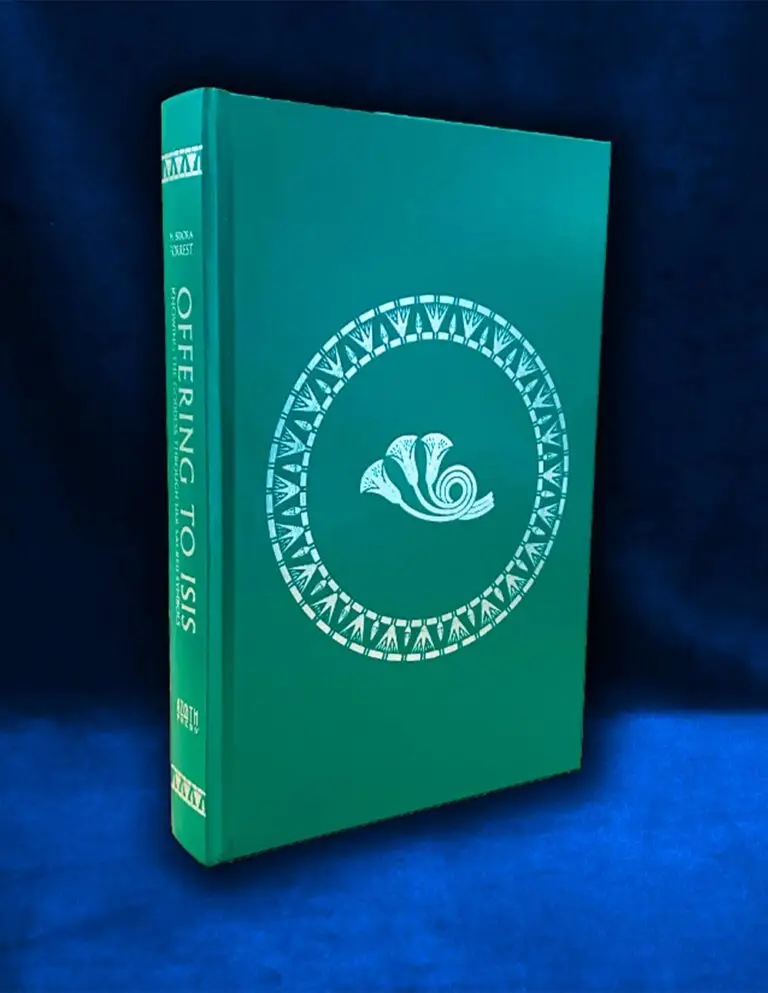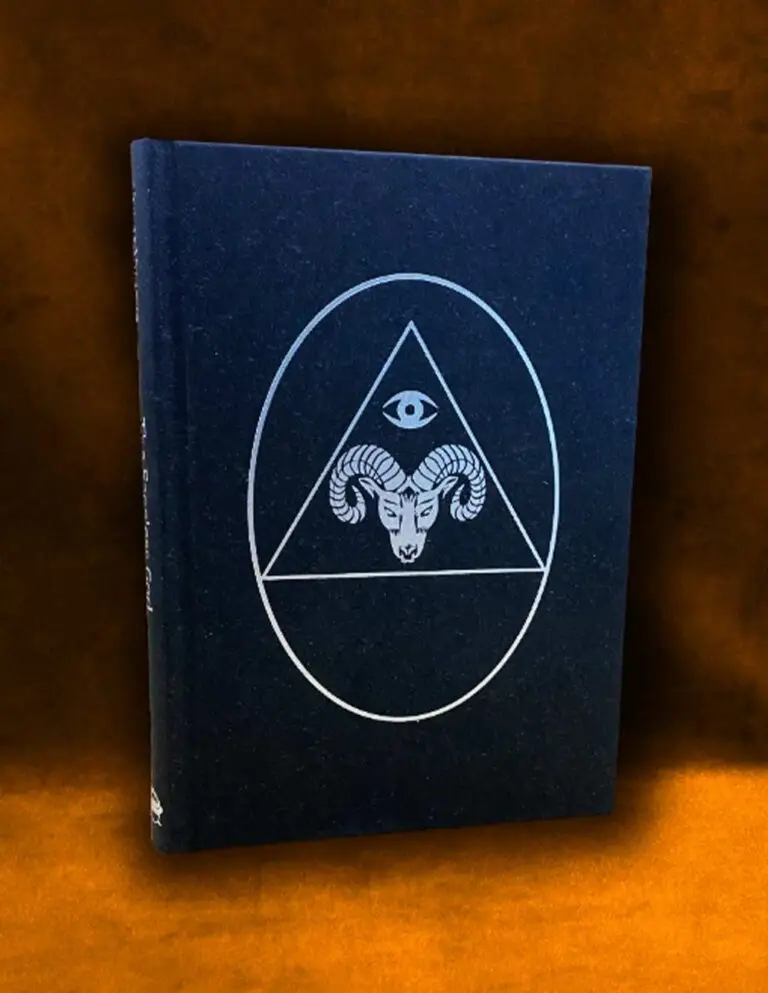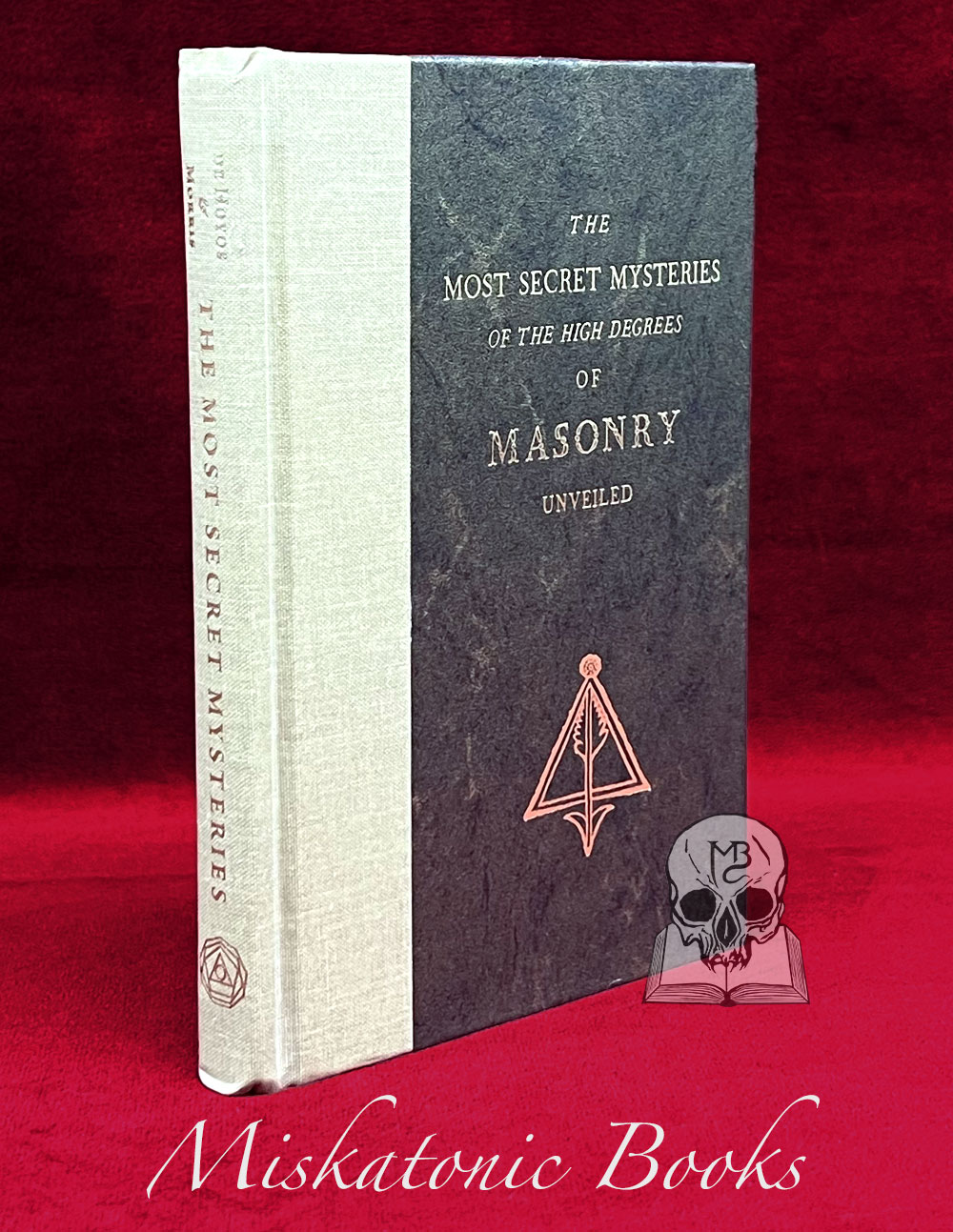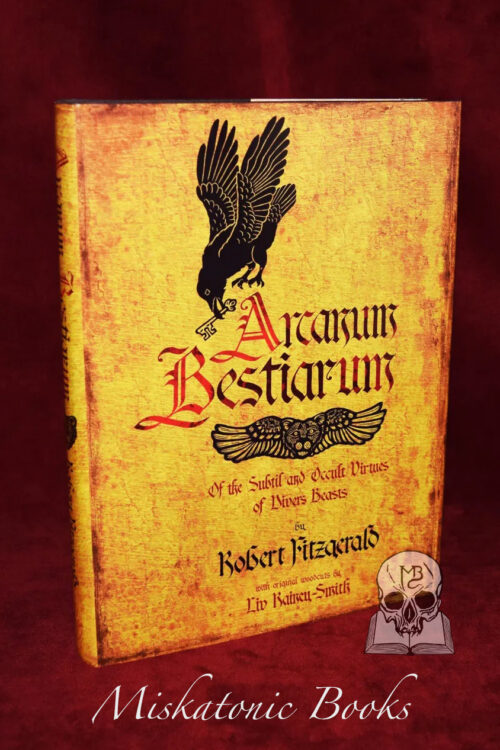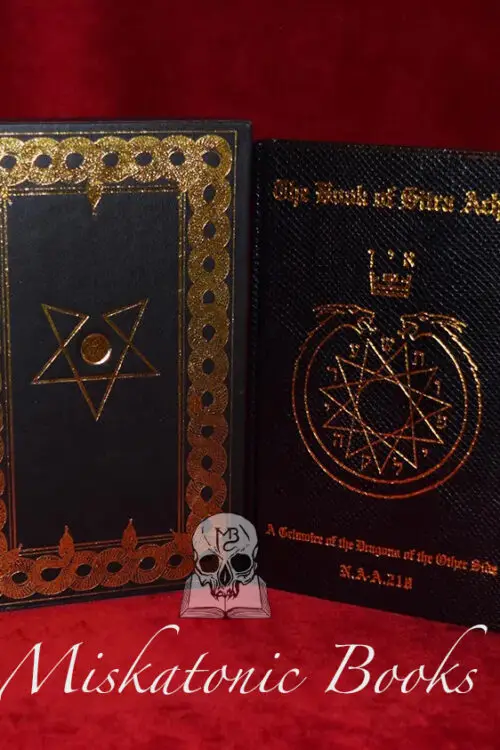Ceremonial Magick, often spelled with a ‘k’ to distinguish it from stage magic, is a mystical and esoteric practice that has intrigued, fascinated, and mystified individuals for centuries. Rooted in ancient traditions and infused with symbolism, this form of magick is a potent blend of spiritual, mystical, and practical elements. In this article, we will delve into the world of Ceremonial Magick, exploring what it is, providing some examples of its rituals, and uncovering its profound purpose in the lives of those who practice it.
What is Ceremonial Magick?
Ceremonial Magick is a complex and structured system of magical practice that relies heavily on ritual, symbolism, and the manipulation of metaphysical forces to achieve specific goals or spiritual enlightenment. Unlike some other forms of magic that may involve spontaneous acts or intuitive practices, ceremonial magicians adhere to a strict set of rituals and incantations, often derived from ancient texts and grimoires.
Its Key Elements:
- Rituals and Ceremony: Ceremonial magicians follow meticulously choreographed rituals that involve a series of actions, words, and symbols. These rituals are designed to create a sacred and controlled environment conducive to harnessing metaphysical energies.
- Symbols and Tools: Symbolism plays a significant role in Ceremonial Magick. Practitioners utilize an array of tools, such as wands, athames (ceremonial knives), pentacles, and sigils, each imbued with specific meanings and correspondences.
- Invocation and Evocation: Ceremonial magicians often work with spiritual entities, such as angels, demons, or elemental forces. They may invoke or evoke these beings to assist in their magical workings or seek guidance and insight.
- Astrology and Kabbalah: Ceremonial Magick incorporates elements of astrology and Kabbalah (a form of Jewish mysticism) to understand the cosmic and divine forces that influence the world and the practitioner’s life.
Ceremonial Magick Rituals:
- The Lesser Banishing Ritual of the Pentagram (LBRP): This ritual is used to purify and protect the magician’s sacred space. It involves tracing pentagrams in the air, reciting specific words of power, and calling upon the archangels for protection and guidance.
- Lesser Invoking Ritual of the Pentagram (LIRP): A ritual that is used to invoke the pure forms of the four classical elements: fire, air, earth, and water. It is based on the system of the Golden Dawn, a British occult order that was active in the late 19th and early 20th centuries.
- The Middle Pillar Ritual: A practice that is commonly used in Western esoteric traditions such as the Golden Dawn, Thelema, and Hermeticism and is intended to balance and harmonize the energy centers, or chakras, in the body, and to promote overall health and well-being.
- The Goetia: Derived from the Lesser Key of Solomon, this grimoire contains instructions for invoking and working with 72 demons or spirits. Practitioners may use it to gain knowledge, power, or to achieve specific goals.
- The 72 angels of the Shem Ha Mephorash: A ritual to invoke guardian angels or the teaching angels to receive guidance, protection, and assistance. They are said to carry the messages and prayers of humans to God, and to intervene in various situations according to their functions.
- The Golden Dawn Rituals: The Hermetic Order of the Golden Dawn developed a series of rituals and ceremonies that are foundational to modern ceremonial magick. These rituals focus on self-transformation, spiritual evolution, and the pursuit of the magician’s True Will.
The Purpose
- Spiritual Enlightenment: Ceremonial Magick serves as a path to spiritual awakening and self-discovery. Practitioners seek to transcend their mundane existence and connect with higher spiritual realms and divine consciousness.
- Personal Transformation: Through the rigorous rituals and symbolism, ceremonial magicians strive for personal growth, self-improvement, and the realization of their full potential.
- Practical Goals: Ceremonial Magick is not solely focused on the spiritual. Many practitioners use it to manifest material desires, solve problems, or achieve specific objectives by harnessing the power of metaphysical forces.
- Unveiling Hidden Knowledge: The pursuit of arcane wisdom and hidden knowledge is a core aspect of Ceremonial Magick. Magicians seek to uncover the mysteries of the universe and access insights beyond the realm of ordinary human experience.
Ceremonial Magick, with its rich history and intricate rituals, continues to captivate the minds and hearts of those who embark on this mystical journey. Whether pursued for spiritual enlightenment, personal transformation, or practical goals, it offers a unique and structured approach to magic, steeped in symbolism and tradition. As practitioners navigate the complex tapestry of Ceremonial Magick, they unlock the potential to access the hidden realms of the universe and uncover the secrets of existence.
